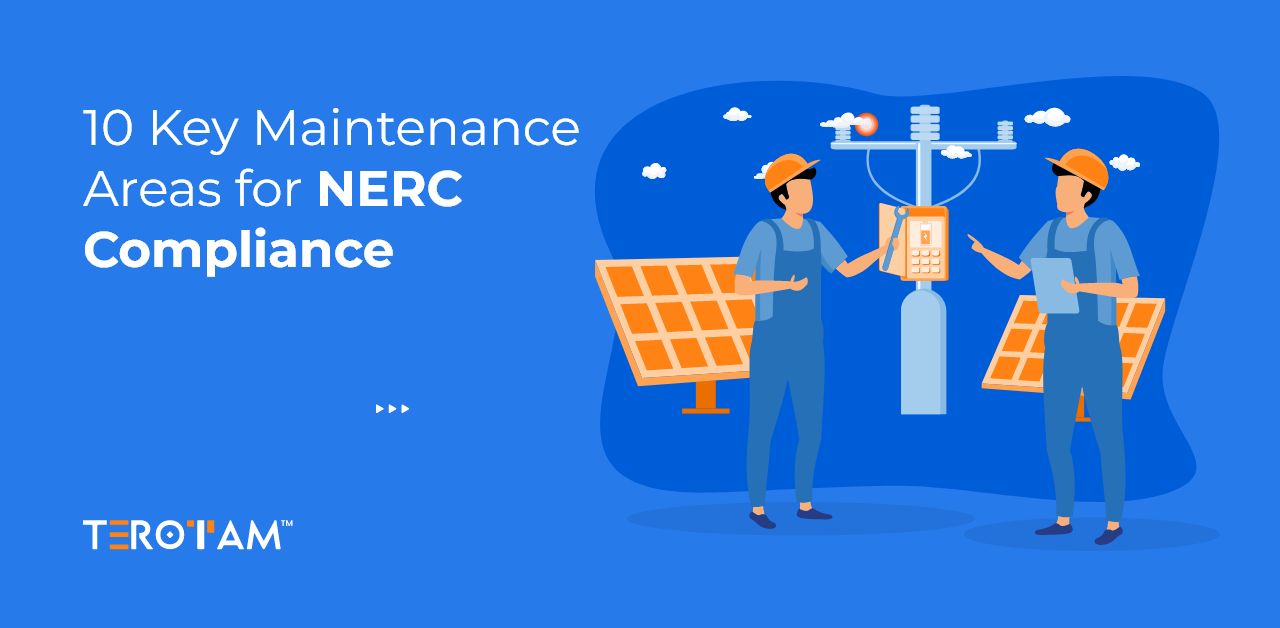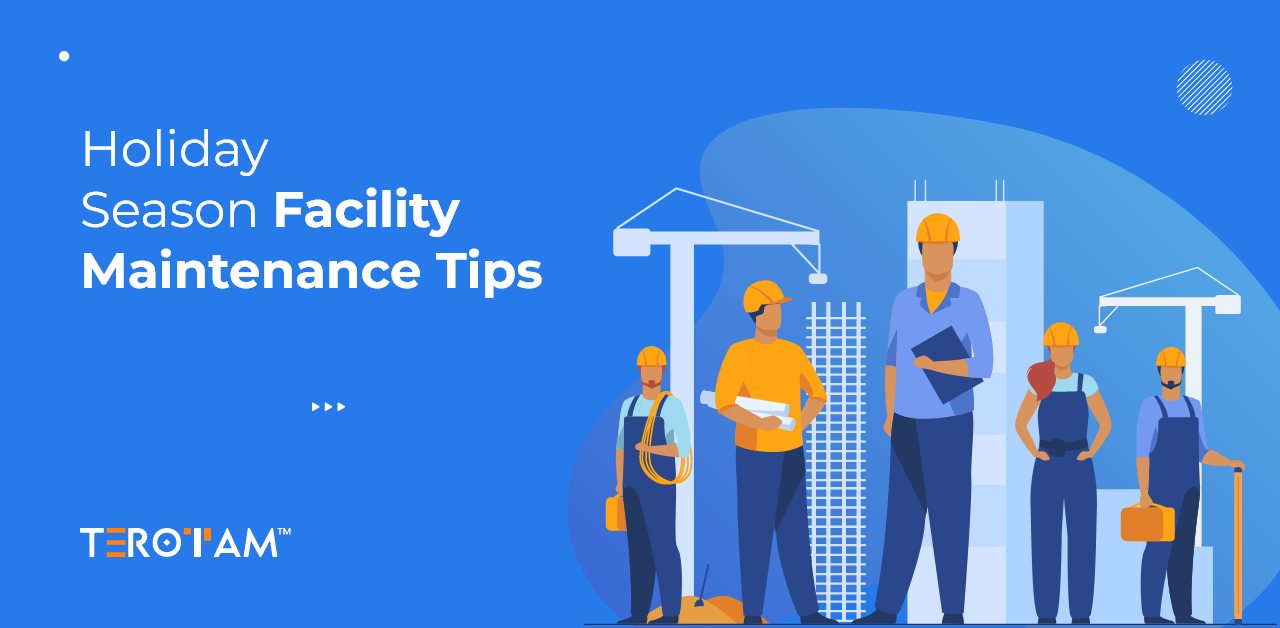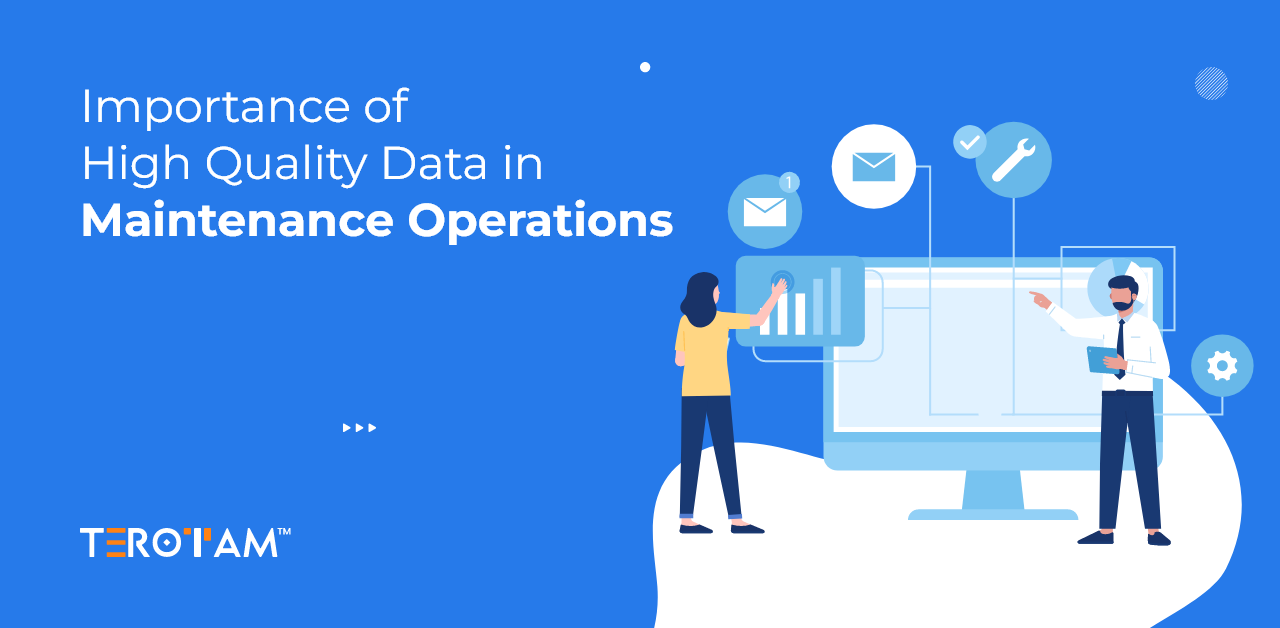For utilities operating within the Bulk Electric System (BES), compliance with NERC maintenance standards is non-negotiable. These standards aren’t arbitrary—they are structured to prevent system instability, protect critical assets, and minimise the risk of widespread outages. With a growing reliance on automation, remote sensing, and digital relays, maintenance practices must evolve in parallel to address both physical wear and system misconfigurations.
NERC’s maintenance-related requirements, particularly under PRC and FAC standards, are rooted in past system failures and reliability assessments. Each maintenance area reflects a known vulnerability—be it relay misoperations, battery failure during loss-of-power scenarios, or delayed fault clearing from neglected breakers. Utilities must maintain detailed testing schedules, documentation protocols, and asset performance data to remain compliant and audit-ready.
This blog outlines ten essential NERC maintenance areas every utility must actively manage—not just to pass audits, but to support grid reliability and operational readiness under both normal and abnormal conditions.
What is NERC compliance?
NERC compliance refers to adhering to the reliability and security standards set by the North American Electric Reliability Corporation. These standards are designed to ensure the stable operation of the Bulk Electric System by requiring utilities and related entities to maintain, monitor, and manage their physical and cyber infrastructure according to defined protocols.
Which businesses should meet the NERC compliance?
NERC compliance applies to organizations that directly impact the stability and reliability of the Bulk Electric System (BES). These entities are required to register with NERC and adhere to applicable standards based on the roles they perform within the power grid.
Whether involved in generation, transmission, balancing, or system planning, these businesses are expected to maintain, test, and document their systems to ensure reliable grid operations and avoid penalties.
- Transmission owners and operators
- Generation owners and operators
- Balancing authorities
- Reliability coordinators and RTOs/ISOs
- Transmission planners and protection system designers
- Distribution providers connected to the BES.
- Entities providing critical cyber or control system support
Key maintenance areas for NERC compliance
Keeping the Bulk Electric System stable demands more than routine checks; it calls for a structured maintenance program rooted in NERC’s Protection and Control (PRC), Facilities (FAC), and Critical Infrastructure Protection (CIP) standards. Each requirement was written in response to faults that once tripped generators offline, mis‑operated relays, or left operators blind at the worst possible moment. Failing to maintain these assets not only risks steep penalties but also leaves the grid vulnerable to cascading outages that can ripple across entire regions. The ten areas below represent the core tasks every utility should schedule, document, and continually refine to stay audit‑ready and keep power flowing safely.
1. Protection system maintenance (PRC-005)
Protection systems are designed to detect and isolate faults quickly before they impact broader parts of the grid. PRC-005 governs the maintenance of relays, batteries, and sensing devices like CTs and PTs. Utilities must follow specific testing intervals and keep thorough records to prove compliance.
- Perform functional and calibration tests for protective relays based on system criticality.
- Inspect and clean circuit breaker trip coils and auxiliary relays regularly.
- Replace or recharge batteries before reaching the manufacturer-defined capacity loss.
- Maintain a written maintenance program outlining tasks, timelines, and responsibilities.
2. Generator control and excitation system maintenance (PRC-019/PRC-024)
Generator systems must be able to ride through normal grid disturbances without tripping unnecessarily. NERC requires these systems to be tested and aligned with plant protection schemes to ensure system stability during voltage and frequency fluctuations.
- Verify that protection and control settings are coordinated for abnormal system conditions.
- Test excitation controls to ensure fast and reliable voltage regulation.
- Confirm that field flashing systems operate under black start conditions.
- Validate generator ride-through settings using simulation or historical fault review.
3. Battery and DC control system maintenance
DC control systems, powered by batteries, provide critical backup for protective relays, breakers, and control devices during power loss. Without regular maintenance, these systems may fail when they are needed most, leading to control loss or delayed response to faults.
- Inspect battery terminals, connections, and overall structural integrity.
- Perform periodic discharge tests to verify battery capacity.
- Measure float and charging voltages across each cell.
- Monitor battery room temperature and ventilation to prevent thermal degradation.
- Replace any underperforming cells before affecting system reliability.
4. Transmission line inspection and vegetation management (FAC-003)
Uncontrolled vegetation is a leading cause of transmission line faults and is directly tied to large-scale blackouts. NERC FAC-003 mandates utilities to maintain vegetation clearances and inspect transmission corridors routinely to prevent encroachments and line contact.
- Conduct ground-based and aerial inspections to detect clearance violations.
- Use satellite imaging or LiDAR to track tree growth trends and plan trims.
- Identify hazard trees that could fall into the line path during storms or high winds.
- Maintain clear documentation of trimming activities, schedules, and mitigation steps.
- Train personnel on identifying encroachment risks beyond standard rights-of-way.
5. Circuit breaker maintenance
Circuit breakers play a major role in isolating faulty equipment and maintaining system stability. If not properly maintained, they may fail to open or close during an emergency, worsening the impact of a fault. Routine inspection and servicing are essential.
- Clean insulating parts, contacts, and arc chutes to remove dust and residue.
- Conduct contact timing tests to evaluate breaker response accuracy.
- Check gas pressure levels in SF6 breakers to avoid insulation failure.
- Replace mechanical parts like springs, gaskets, or seals nearing fatigue life.
- Inspect control wiring and terminal connections for signs of damage or wear.
6. Relay settings management
Relay settings directly influence how protection schemes react to grid conditions. Incorrect or outdated settings can either lead to nuisance trips or complete failures in fault clearance. Managing and securing these settings is critical for operational consistency.
- Review settings following system upgrades, generation additions, or protection scheme changes.
- Conduct coordination studies to avoid overlapping or conflicting tripping zones.
- Audit relay settings routinely to verify against the latest engineering calculations.
7. Instrument transformer maintenance
Instrument transformers such as CTs and PTs are responsible for providing accurate voltage and current signals to protection devices. Any degradation or error in their performance can distort fault data, cause misoperations, or create safety risks.
- Inspect oil levels and bushings for cracks or leaks in outdoor units.
- Conduct ratio, polarity, and insulation resistance tests to check accuracy.
- Tighten terminal bolts and check for signs of moisture ingress in junction boxes.
- Monitor for core saturation issues, especially during load changes or harmonics.
- Replace or recalibrate transformers showing signs of signal distortion or drift.
8. Grounding system inspections
Proper grounding ensures that fault current has a safe, low-resistance path to earth, protecting equipment and personnel. Grounding systems degrade over time due to corrosion, mechanical stress, or system modifications, so regular testing is essential.
- Use clamp-on or fall-of-potential methods to test ground resistance across the network.
- Check all ground rods, wires, and mats for corrosion or physical displacement.
- Verify connection continuity between structural elements and ground systems.
- Update grounding layout drawings when assets are added or repositioned.
9. Communication system maintenance
Power systems depend on real-time communication to coordinate protective functions and monitor network conditions. Weak or failed communication links can delay response times or disrupt SCADA visibility, making it critical to maintain these systems.
- Test communication links for latency, signal loss, and backup failover readiness.
- Inspect and clean fibre optic, coaxial, or microwave connectors.
- Monitor channel performance logs for packet loss, jitter, and bandwidth issues.
- Ensure accurate time synchronisation between IEDs and control centres.
- Perform firmware updates for communication relays and interface devices.
- Confirm physical and cybersecurity protections around remote communication sites.
10. Cyber asset maintenance and firmware management (CIP-007)
Cyber assets form the backbone of modern grid operations, especially under the CIP standards. Keeping firmware updated, vulnerabilities patched, and access secured is essential to protect both compliance and infrastructure from evolving cyber threats.
- Implement a structured patch management schedule for all network-connected assets.
- Limit user access to critical systems through role-based control measures.
- Regularly monitor system logs for abnormal login attempts or software changes.
- Test antivirus and endpoint protection systems for functionality and update status.
Final thoughts
Compliance with NERC maintenance standards might seem like a heavy lift, but it’s really about building habits that protect your grid—and your peace of mind. When each of these areas is actively maintained, you’re not just ticking boxes; you’re preventing downtime, avoiding fines, and keeping your teams and customers safe.
It is easy for things to slip through the cracks when managing so many assets, but having a clear plan (and the right tools) makes all the difference. Whether you’re prepping for an audit or just want to tighten up your process, these maintenance areas are the right place to start. Need help simplifying your NERC maintenance and compliance tracking? – Drop us a line at contact@terotam.com, and we will show you how TeroTAM makes it easier.










